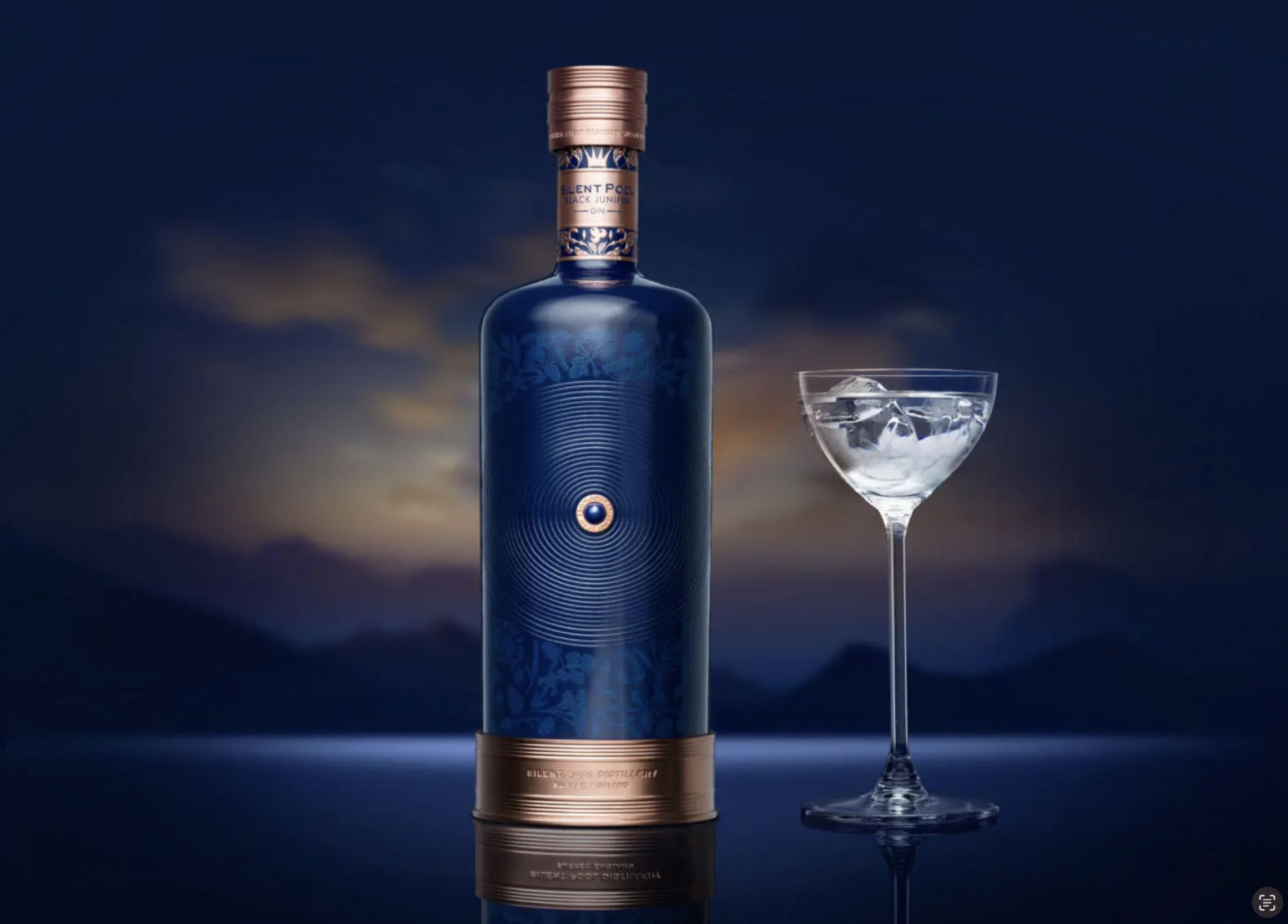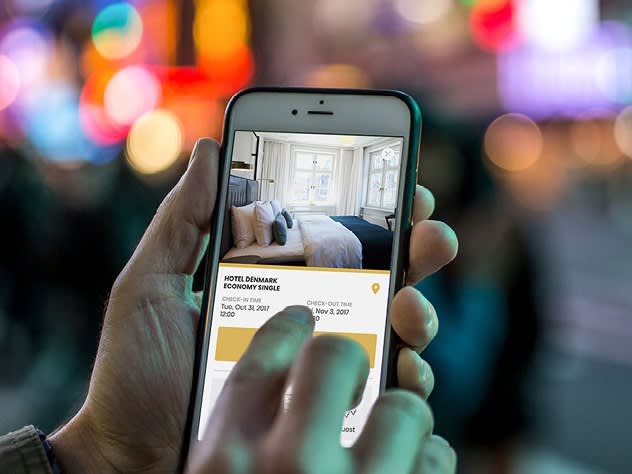Packaging Design Expert Lauren Tutssel on Sustainability and Great Ideas
Packaging is not just something "to wrap" a product in. Good packaging design enhances the content, it can strengthen brand identity and - most importantly - sustainability standards. We spoke to iF jury member Lauren Tutssel about this.

Gin bottle designed by Lauren Tutssel for Silent Pool.
iF: By definition, packaging is something superfluous put over a product. How does that fit together with the idea of sustainability?
Lauren: We’ve still got a way to go in terms of sustainability in packaging. On the other hand, manufacturers and retailers have become much more conscientious in their packaging than before. Until the 1980s or 1990s, you had layer upon layer to remove until you finally got to the actual item you purchased! Think of Amazon and how they have tackled maximum efficiency: it used to be they would send out ten boxes with a single, small item in each one. Now they bundle much more than before. So companies are being much more conscientious and making you stop and think about whether you need that extra piece of packing at the checkout, asking whether you can wait until all items are ready to be sent to reduce trucks on the road.
Today, there are many brands looking to create smarter, more innovative ways to eliminate waste in packaging, particularly in the drinks industry. Designs often add a second purpose for both the primary and secondary elements. Sometimes it’s a bit quirky and even collectable, like a tin that’s reusable or a bottle that’s so delicately designed people buy the product to use the bottle as a vase or convert it into a lamp. Lots of bars and restaurants are repurposing spirit bottles for water bottles on the table. There is so much you can do if you’re cunning or clever.

Lauren Tutssel
Lauren Tutssel is a corporate identity and packaging designer, creative director and entrepreneur. She specializes in designing memorable and collectible bottles for upscale spirits companies such as Penderyn, Diageo, LVMH and Silent Pool, a Surrey-based gin distiller. She owns the Chickadee Creative agency, based in London, UK. Lauren has worked for a wide range of UK, European and global clients including Unilever, LVMH Belvedere, Penderyn, Diageo, SAB Miller and Philip Morris. She also was an iF DESIGN AWARD 2023 jury member.
iF: When you look at a package, what helps you determine whether it is sustainable?
Lauren: It starts with the materials the product packaging is made from. Then there’s how much engineering is involved and what the manufacturing process looks like, which determine to a large degree the amount of waste produced when a product is packaged. Also, how many things have to be removed and thrown away to get to the product? When I’m looking at an entry, it’s also a question of how well everything can then be brought back into circulation. Black plastics, for example, are notoriously hard to detect using the near infrared technology that is used in common recycling methods. There's a balance between eco-responsible materials and protecting the product inside. If the packaging doesn't protect the product from damage, using responsible packaging materials is rather counterproductive.


iF: As a juror, what else do you look for in a packaging design to make it award-worthy?
Lauren: Oh, I’m a big advocate for the idea. Everything I’ve learnt focuses on that spark and what makes it different. You ask yourself: what’s the story here? It doesn’t have to be a grand gesture, it can be a simple one. Just a golden nugget that excites you or puts a smile on your face, but it makes you want to explore the product a little more and go deeper into that brand. I am all about the experience as well and how a consumer engages with the product. I like to see how a designer has come to a particular solution and why. A designer goes through a series of stages to get to the end result and starts by observing and empathizing to understand what the brand needs. Then they need to define the problem and solve it through a series of brainstorms and creative routes, followed by turning these into concrete visions of the idea to inevitably end up as the product that consumers buy. It's such a fascinating process and very exciting, you never quite know what direction it will take you.
iF: What one single thing would you recommend to a company (or a designer) for them to up their game?
Lauren: Be versatile. Be willing to adapt. Brands are really stepping things up, it’s not just about the product or packaging design anymore, you need far more nowadays. What does the brand world look like, what is the brand experience, is there some kind of ritual with which a consumer might engage with the brand? It’s so much more than the tangible item. I would also advise to keep up to date with the latest trends and inspiration from all over. Design is moving at an incredible pace and changes are happening all the time. New tools are coming into play, so embrace the changes and keep open minded as an idea can inspire anytime and anywhere.
iF: How do you train to be a packaging designer? What skillset is needed?
Lauren: My father, Glenn Tutssel, was a very well-known designer, so I kind of fell into it, really. From a young age I was fascinated in what he did and would always be sat next to him in his studio at home with pencils or Letraset, playing with incredible colored papers from his plans chest, making things and sketching next to him. He inspired me to want to be a designer, but he was a tough teacher. I learnt from the best and owe my success to his tenacity and expertise. In terms of education, I spent four years studying graphic design at Kingston university. Some of my colleagues went into specialized fields such as typographers and interior designers. Doing a degree in graphic design can take you down many different pathways and that’s what I love about this industry is that it’s so adaptable and you can make it your own.
Here's a video of my father describing his design of the Penderyn bottle!
iF: I once read that your father’s biggest piece of advice for young designers was to put the time in. What is your suggestion for uni graduates just starting out?
Lauren: I agree with him, you absolutely need to put the time in. Design is something you must be passionate about, it’s not about glamour or having this fancy job title. It’s not just a job, it’s part of you and you have to embrace the good, the bad and the ugly.
But here’s another piece of advice: have fun! That’s one thing that sometimes frustrates me about young designers, they don’t go out and explore anymore. Everything happens on a computer screen nowadays. When I started in design, I would physically go out and find the image I was looking for, in shops or museums, libraries. Use your senses and see the world, explore, have fun and the ideas will flow!


